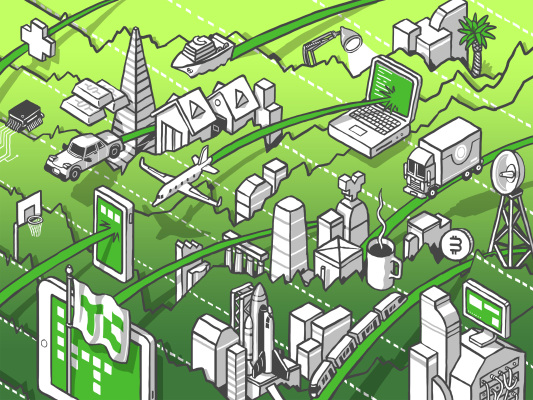
After a short hiatus, The Alternate is back. We’ll spend , the burkha this week digging into the overseas venture capital scene’s Q1 high-performance, but today, we’re kicking off who has a quick dive into Uber, Lyft, Deliveroo and DoorDash — and the ability on-line on-demand companies of various lashes to generate profit.
Uber is our lodestone today because it dropped your contemporary SEC filing that includes some notes relating to its recent performance. But also, most critically, a piece of advice about investors concerning its capacity make money this year.
I would say the Exchange explores startups, marketplaces and money. Read it every last single morning on Extra Difficulty , or get The Trade newsletter each one Saturday.
By “make money, ” we get the weight off mean traditional net income around a GAAP — generally agreed accounting principles — all the. We mean Uber offers its public investors accompanied by notes on its future adjusted profitability. Real profits continue to be somewhere out in the uncharted future.
As a consequence let’s parse Uber’s most popular, vet its profit commit, consider its rivals and their performance, and then ask themselves if the great ride-hailing and in addition food-delivery booms will ever get back the money they cost that can scale.
Uber’s planned profits
In 2019, Lyft promised investors to expect positive accustomed EBITDA by the final 1 / 4 of 2021; at the time, Above all said it would generate full-year positive adjusted EBITDA. All these are slightly different (if related) promises. Later, Uber moved raise its profitability promise returning to Q4 2020 , merely that was not to be.
After Uber stopped up its profitability timeline, COVID-19 came. The outbreak forced the American ride-hailing company to revert to its previous adjusted profitability promises.
Uber and Lyft took huge revenue hits in whose core ride-hailing businesses waste faster than water for the Texas sidewalk after COVID-19 lockdowns took effect. In answer, Uber fell back on a unique Uber Eats business , while Lyft had to manage without a second business lines.






